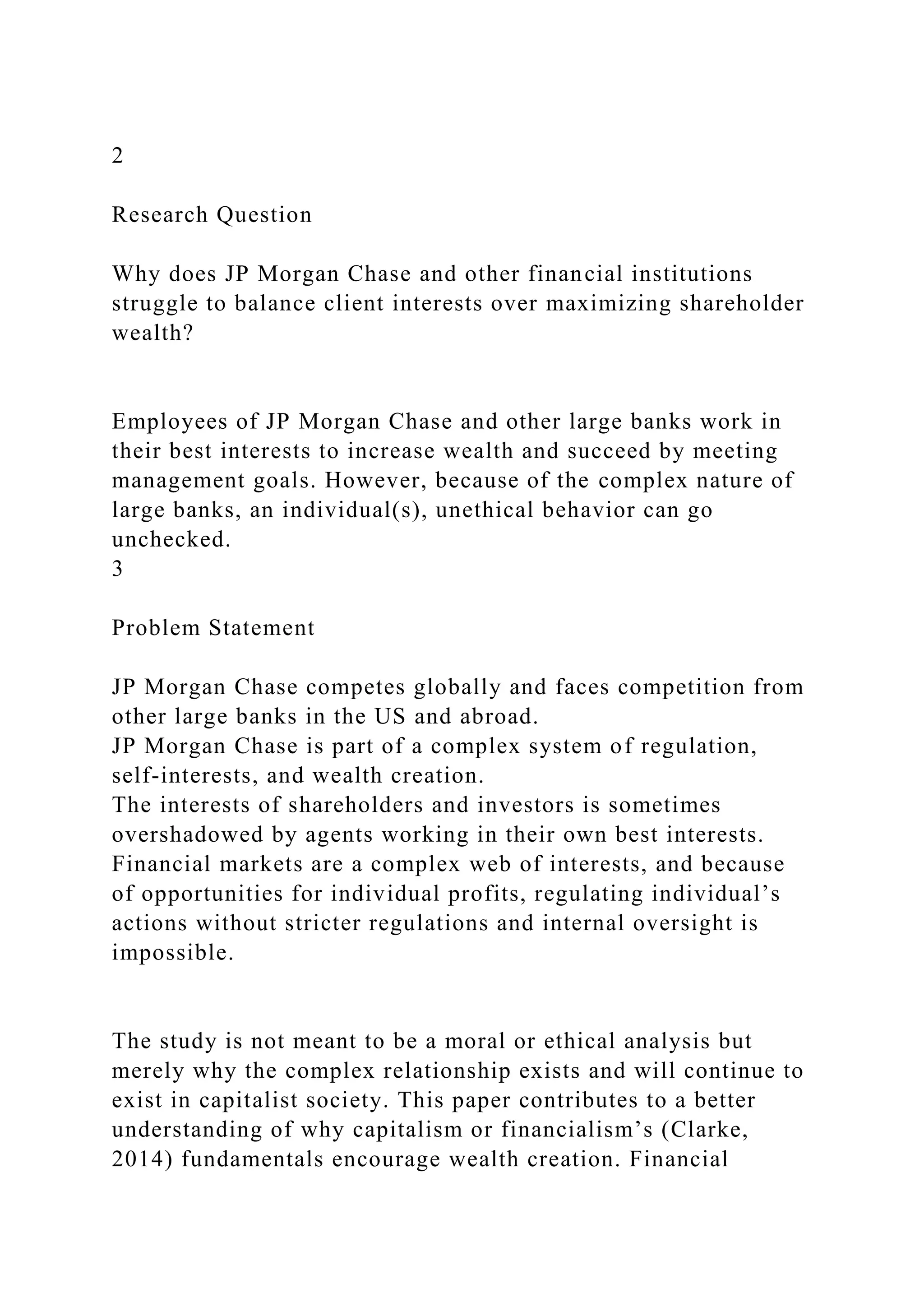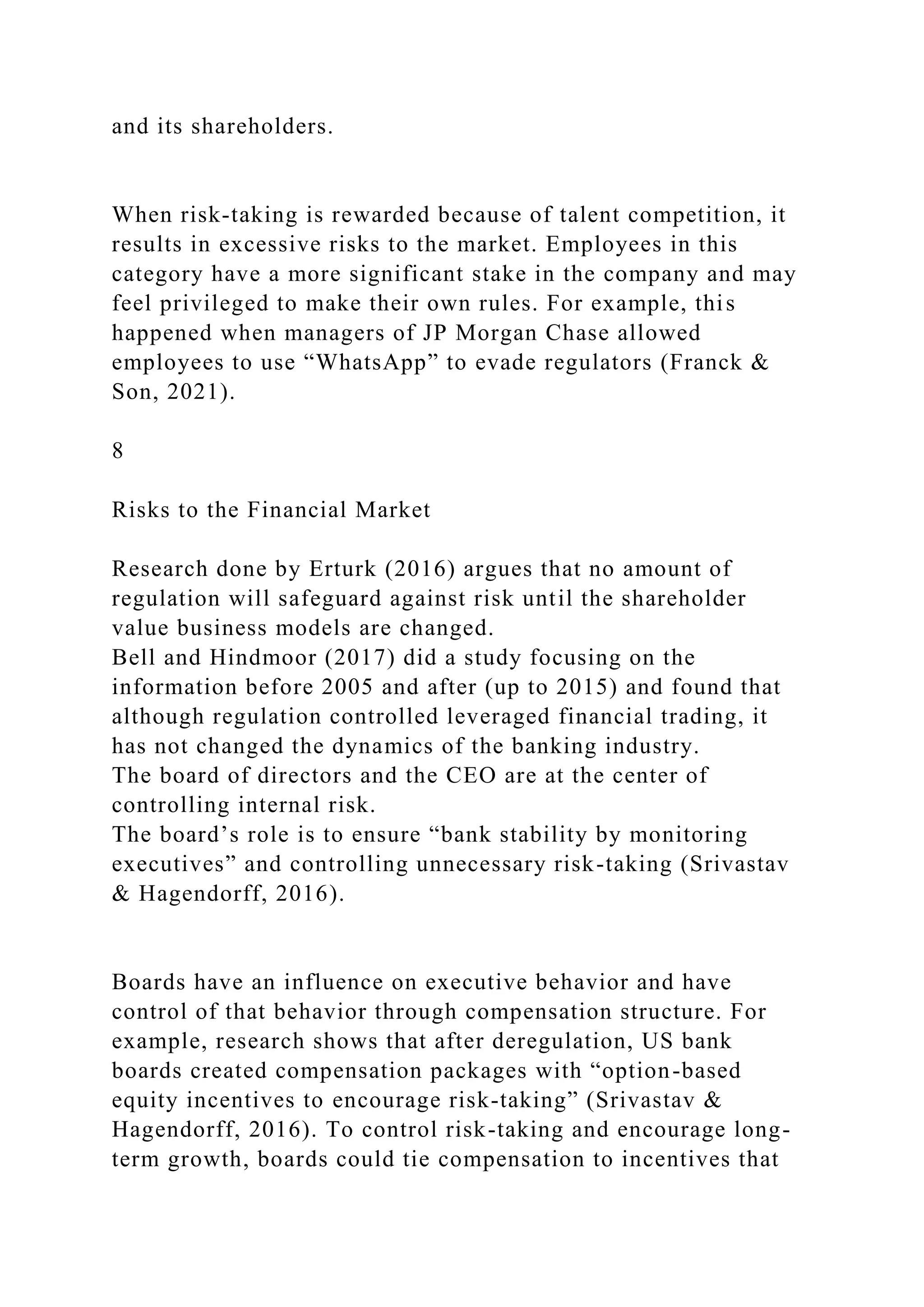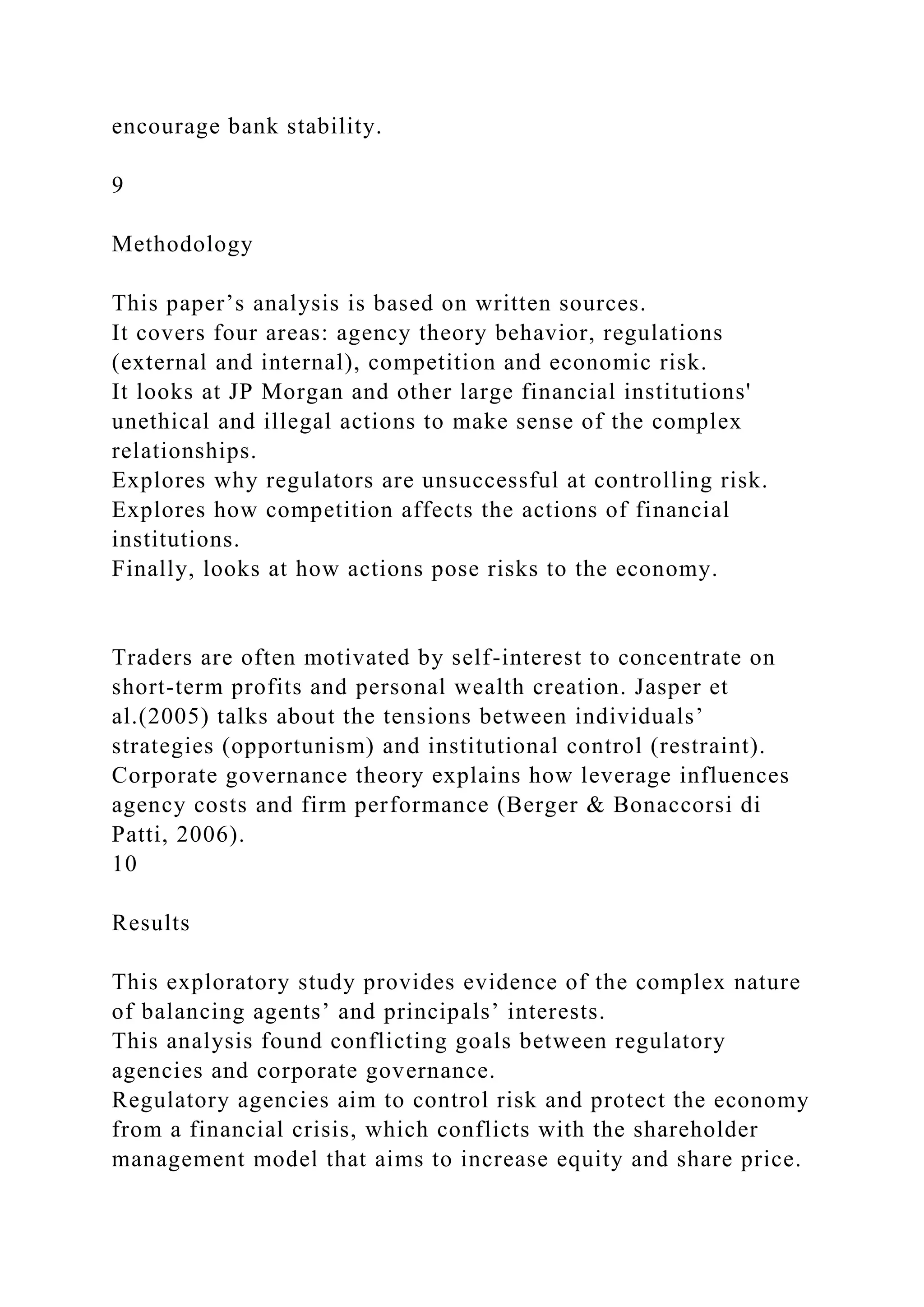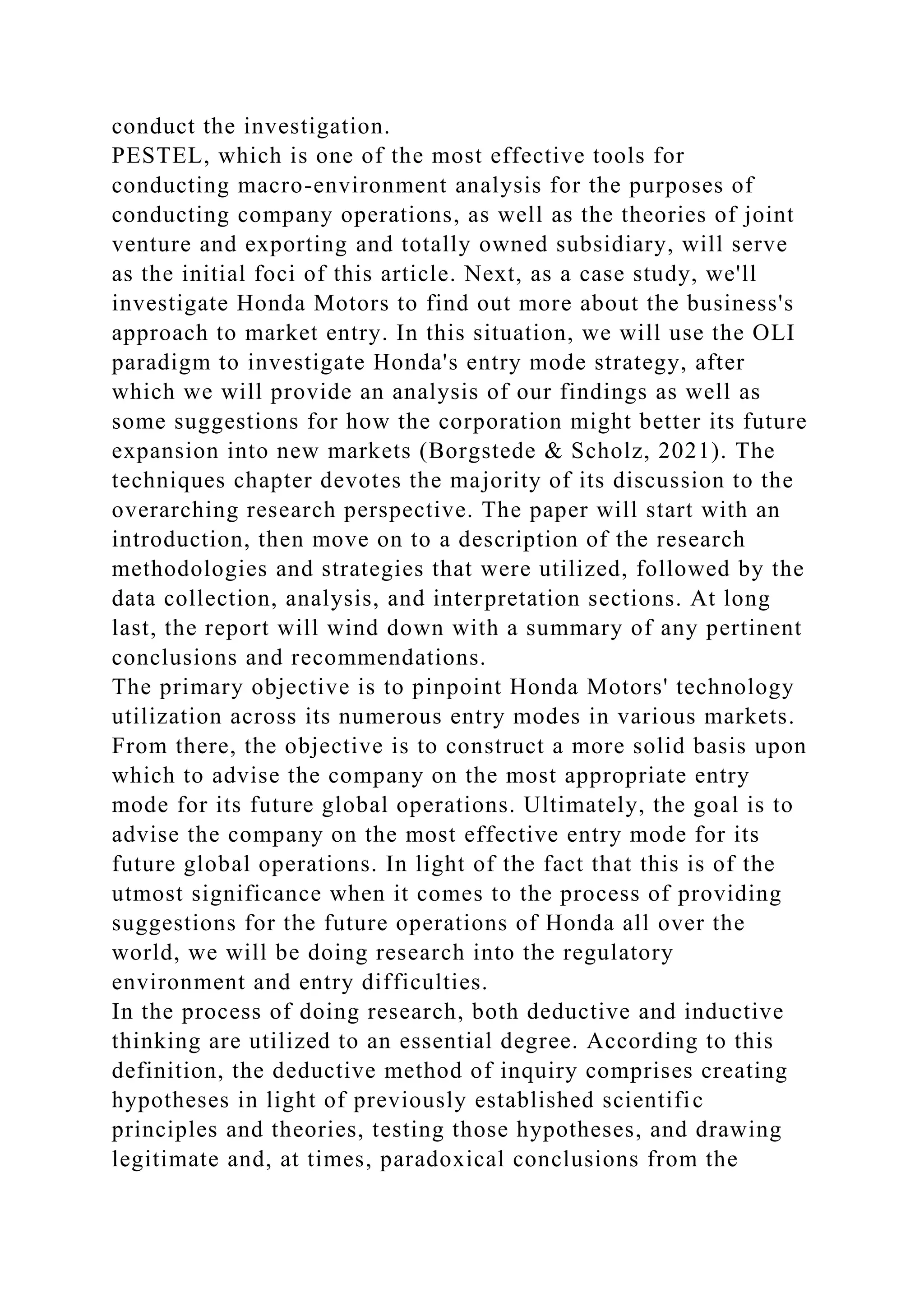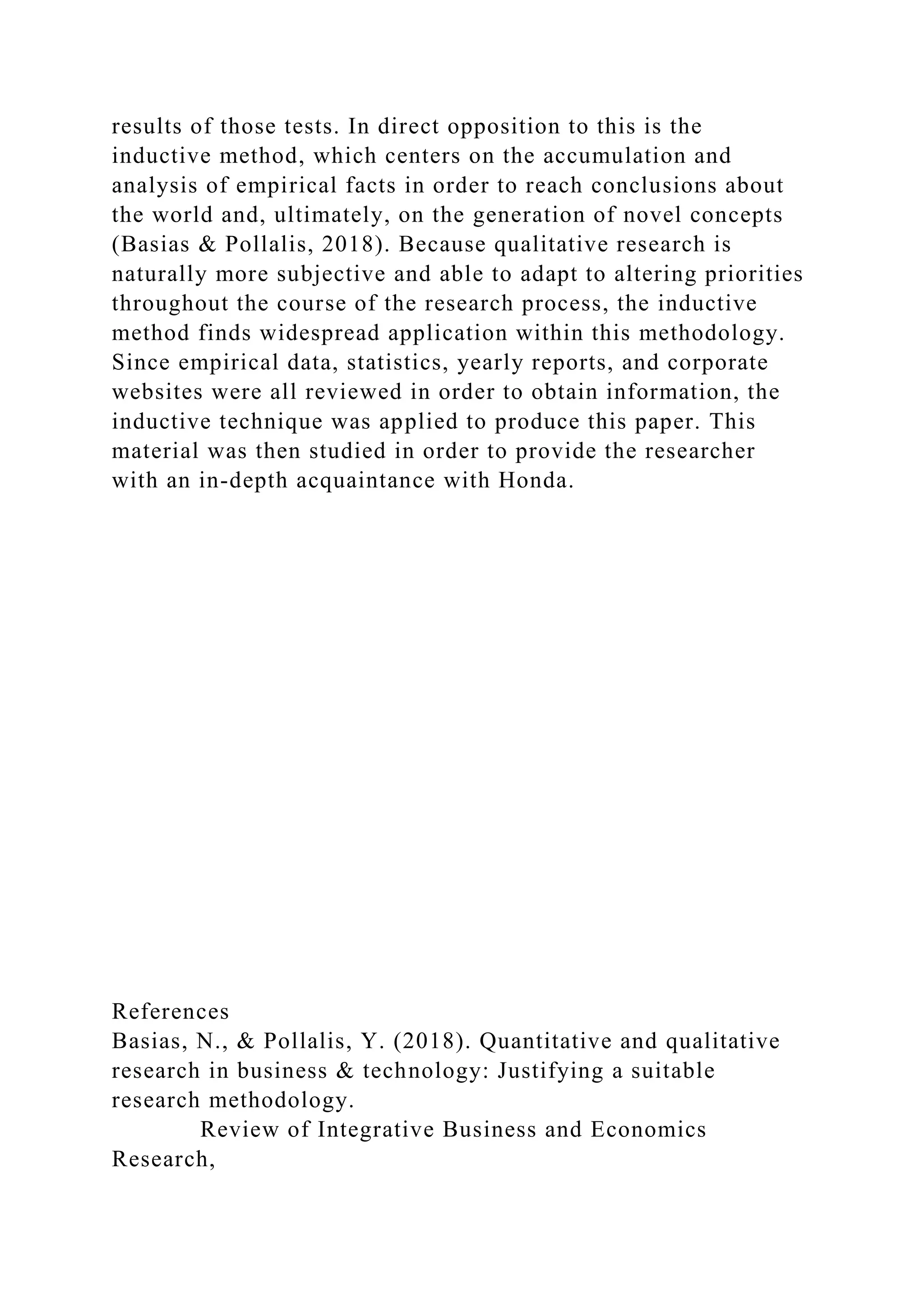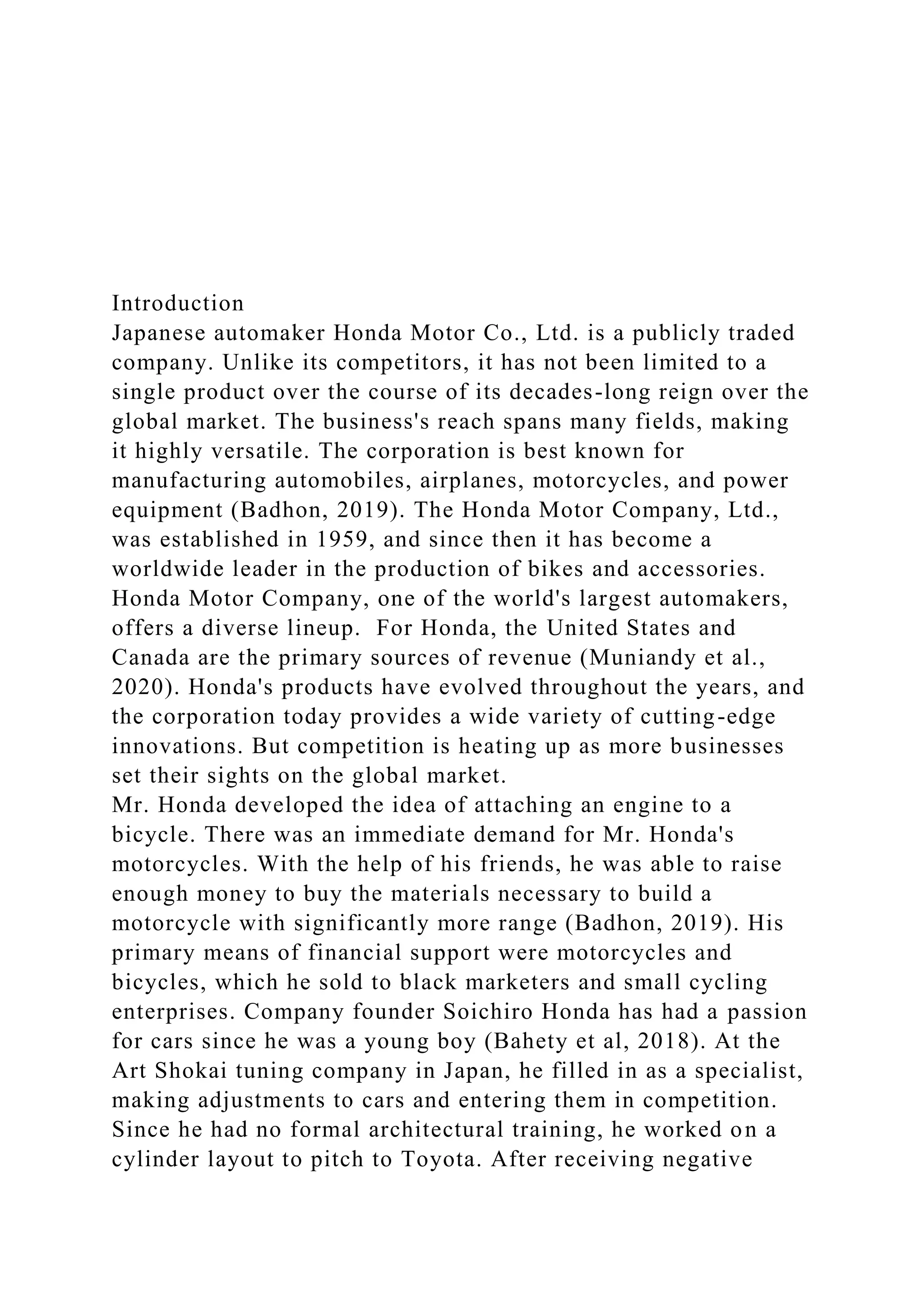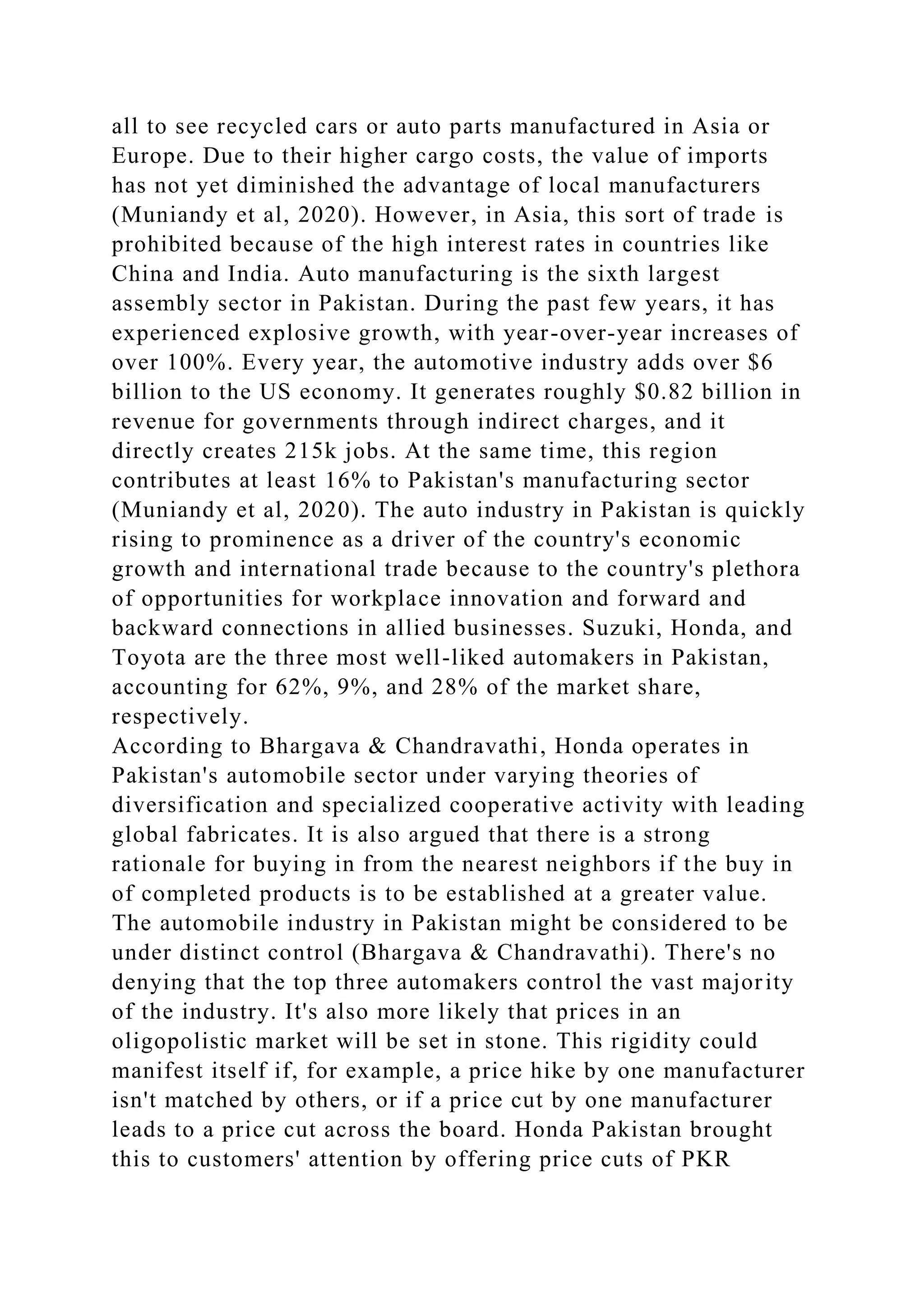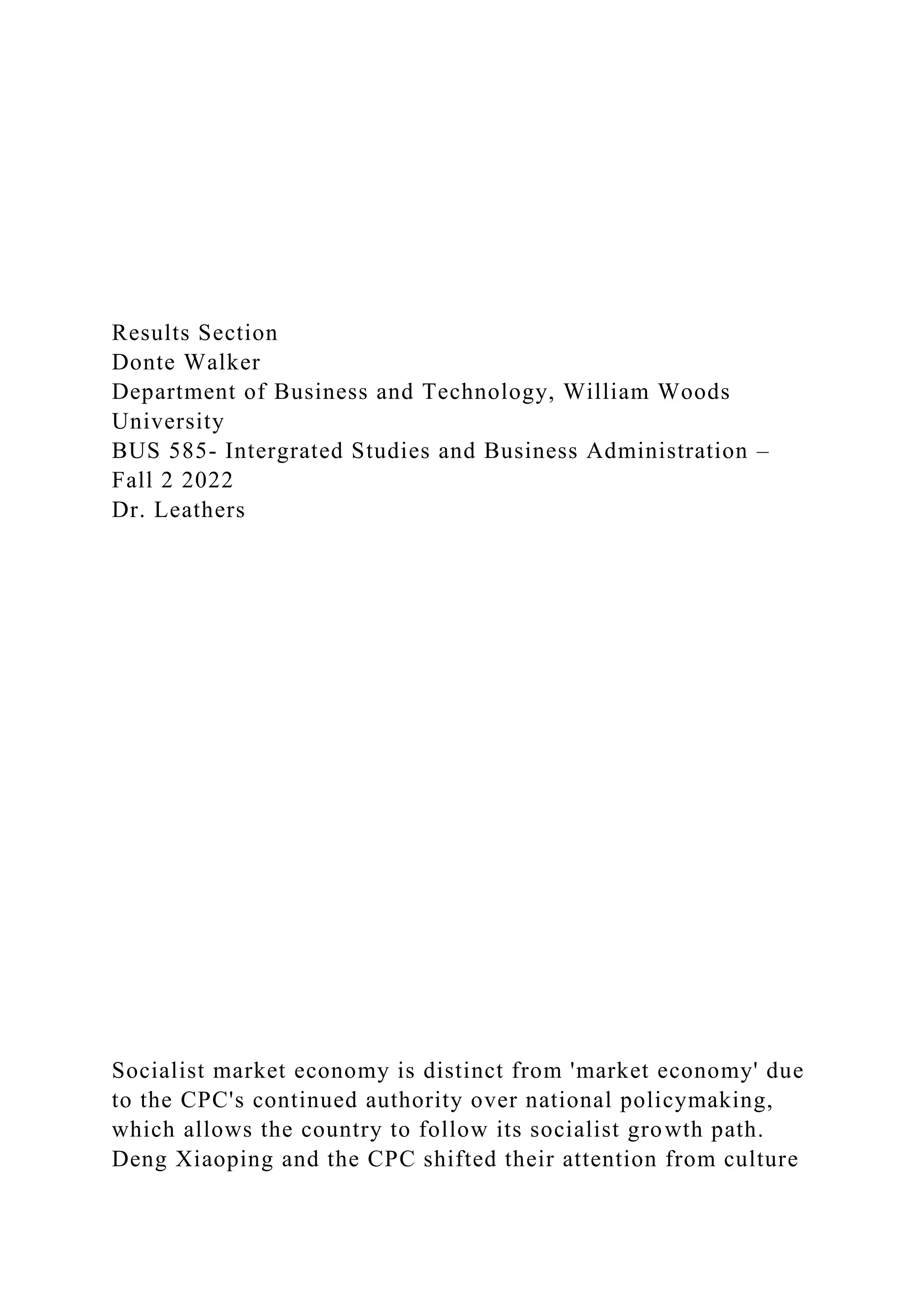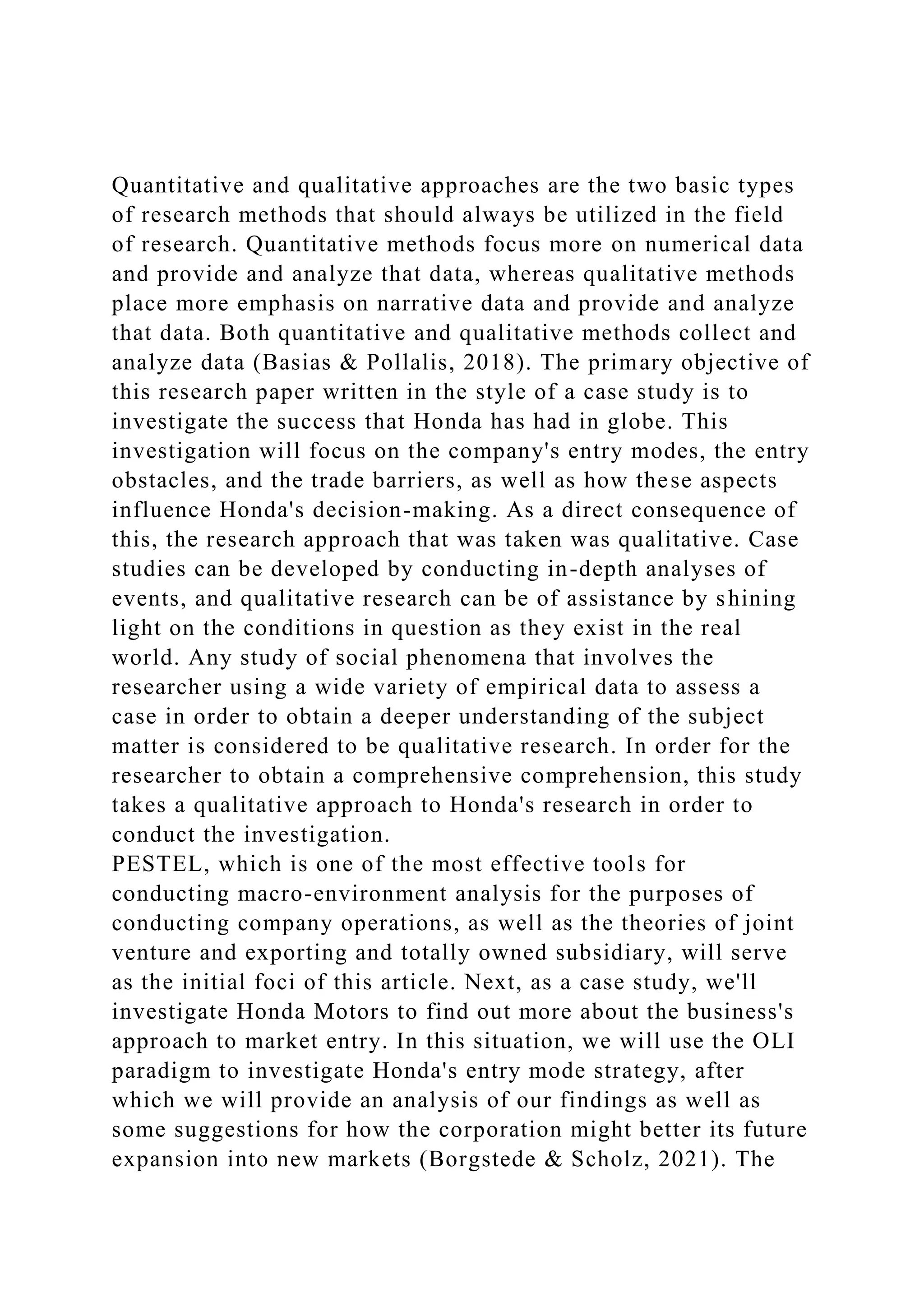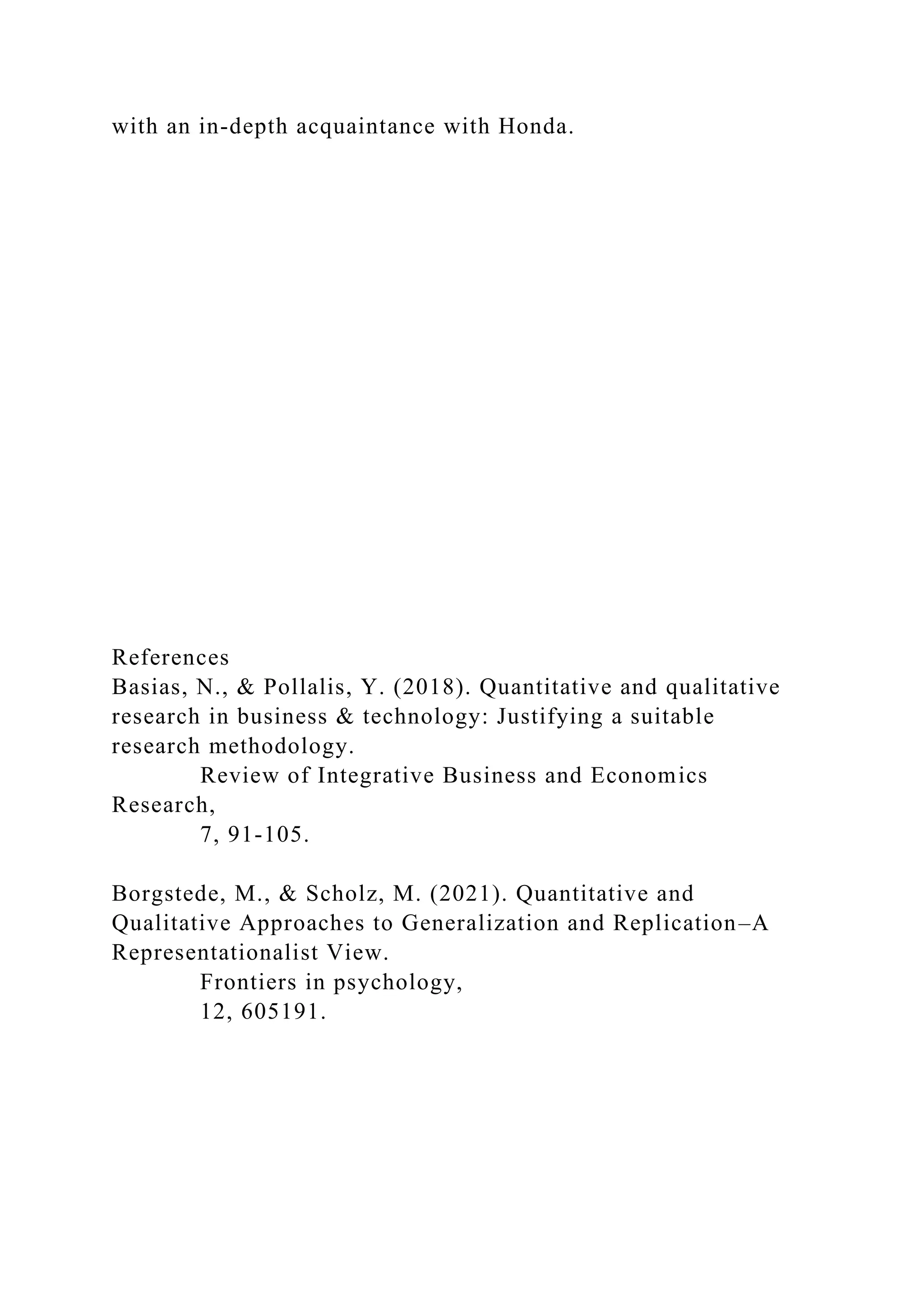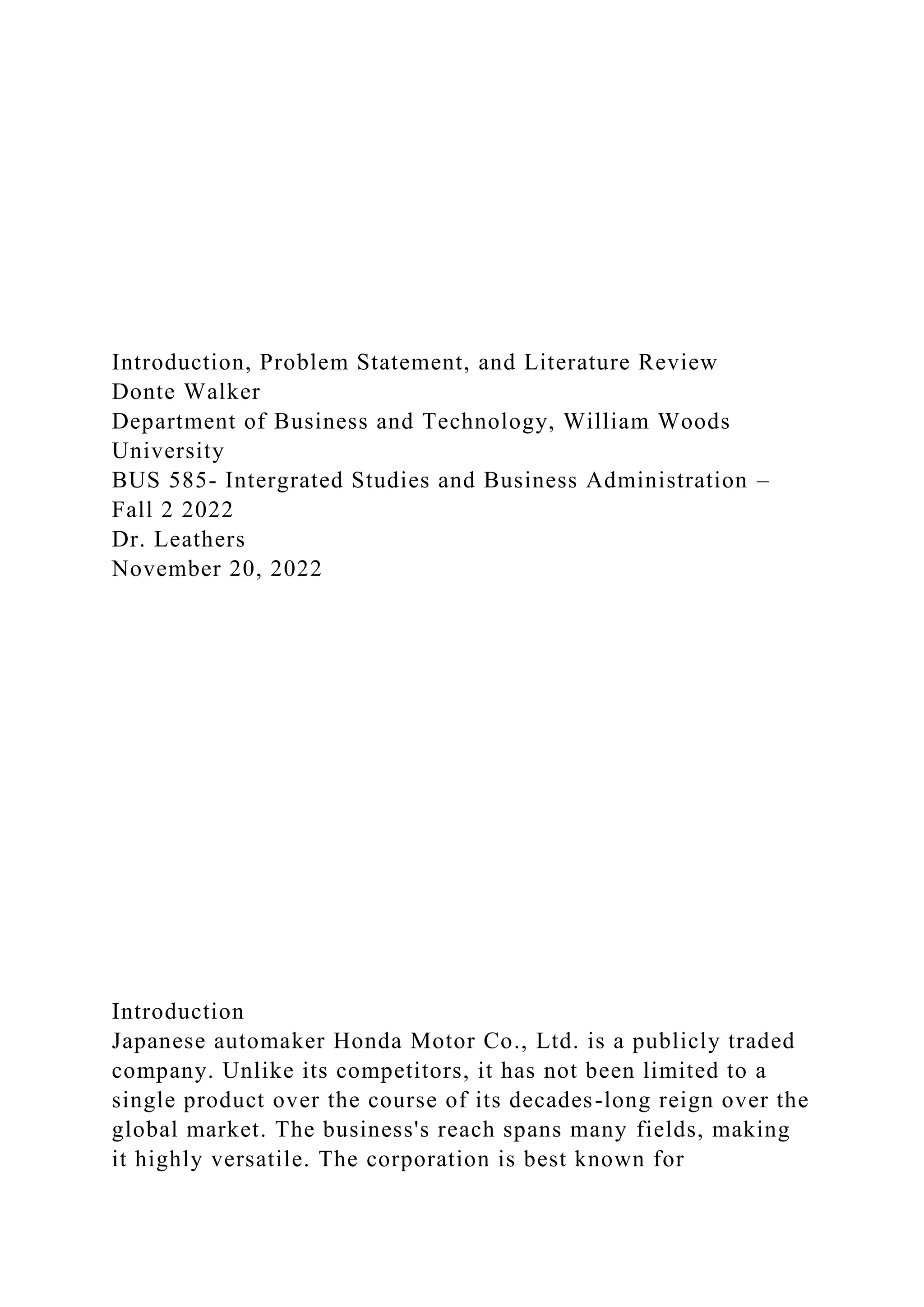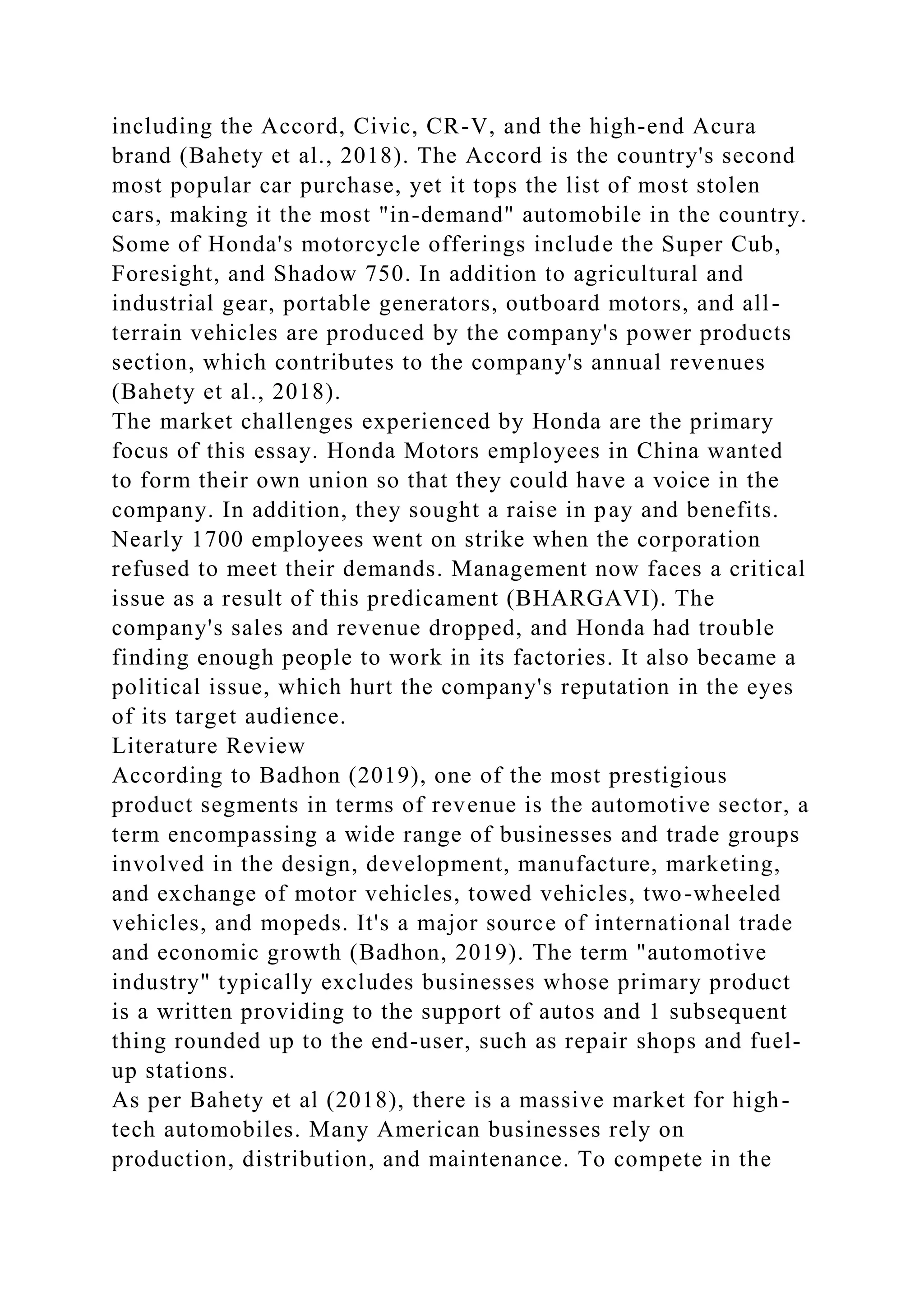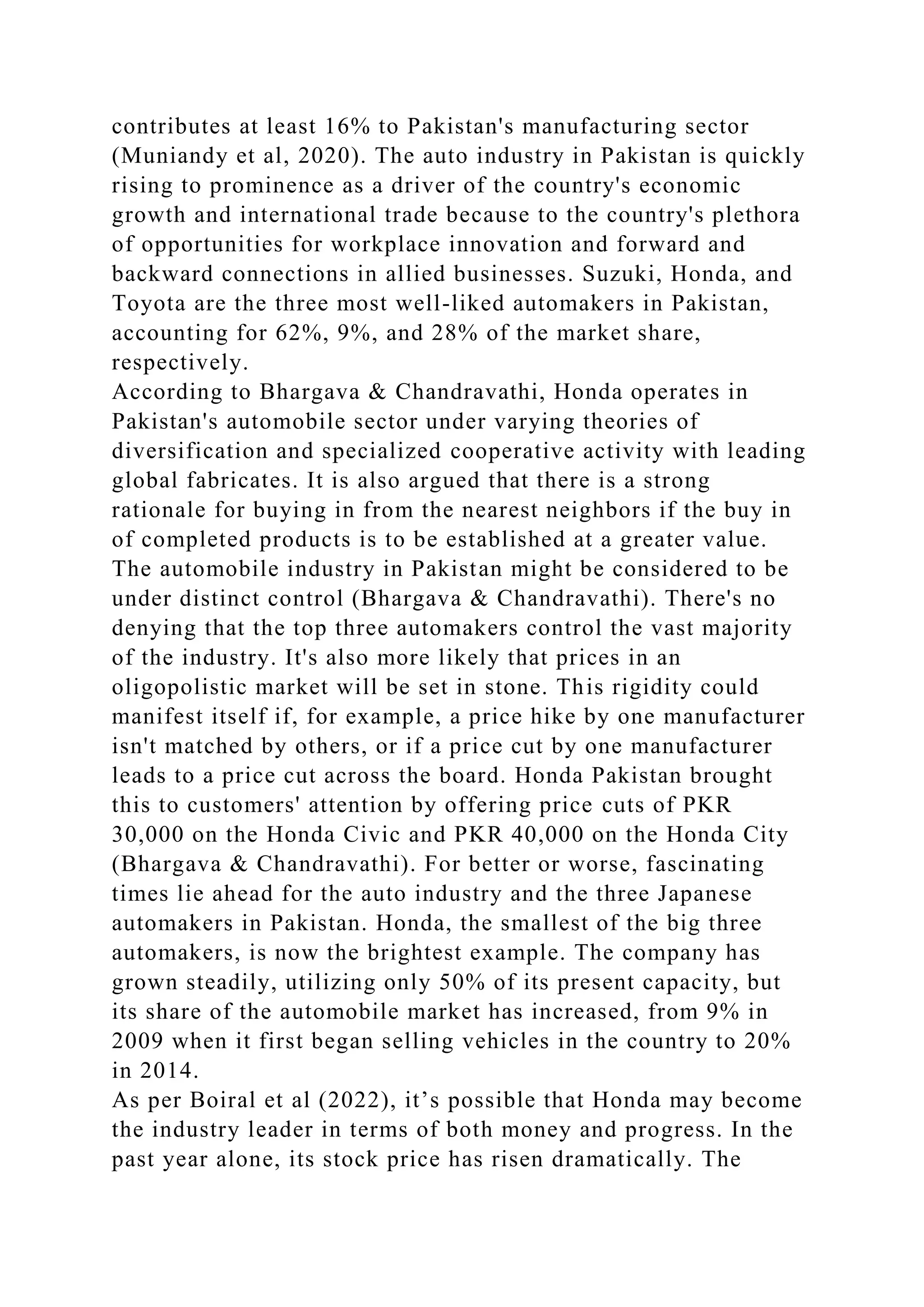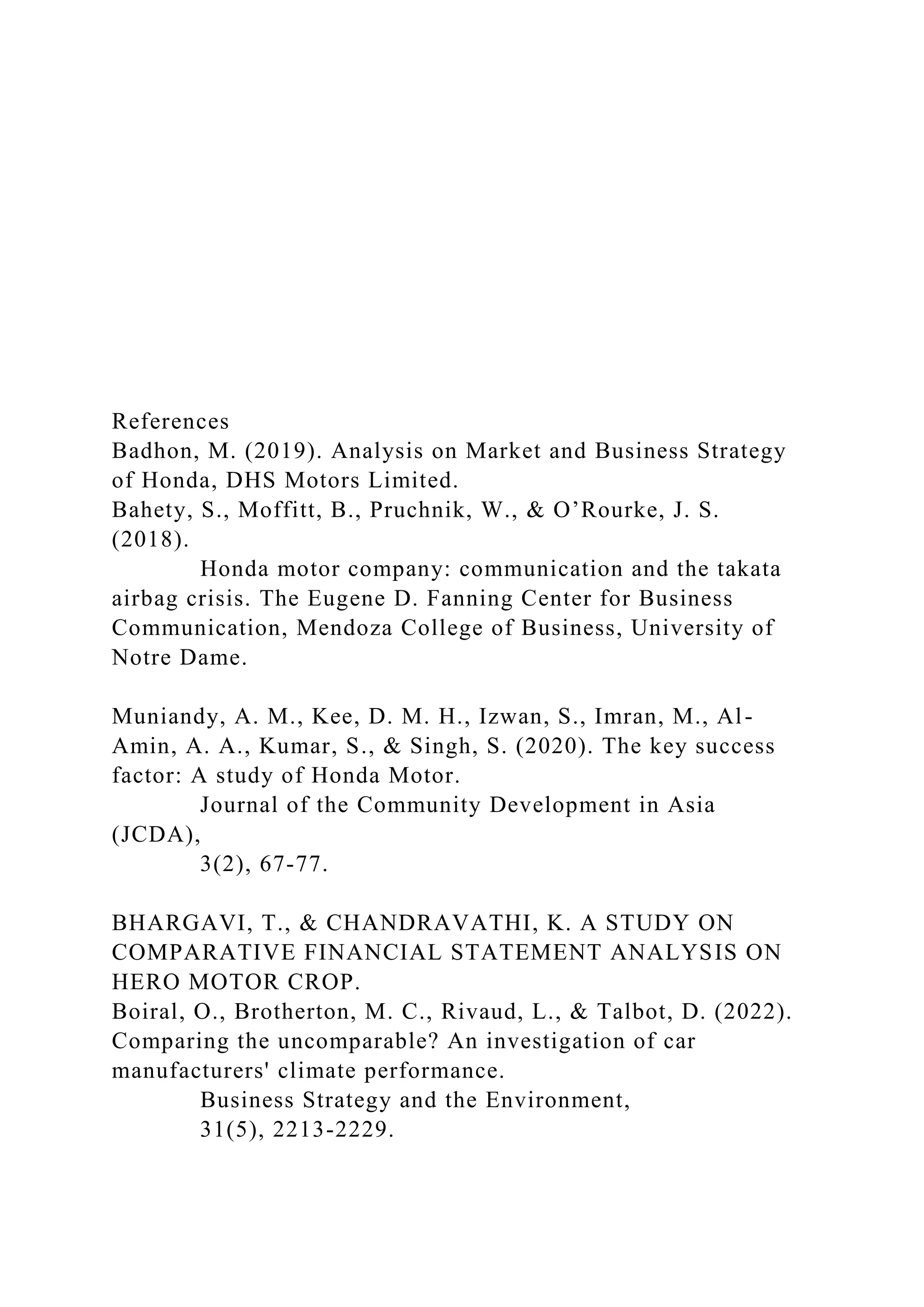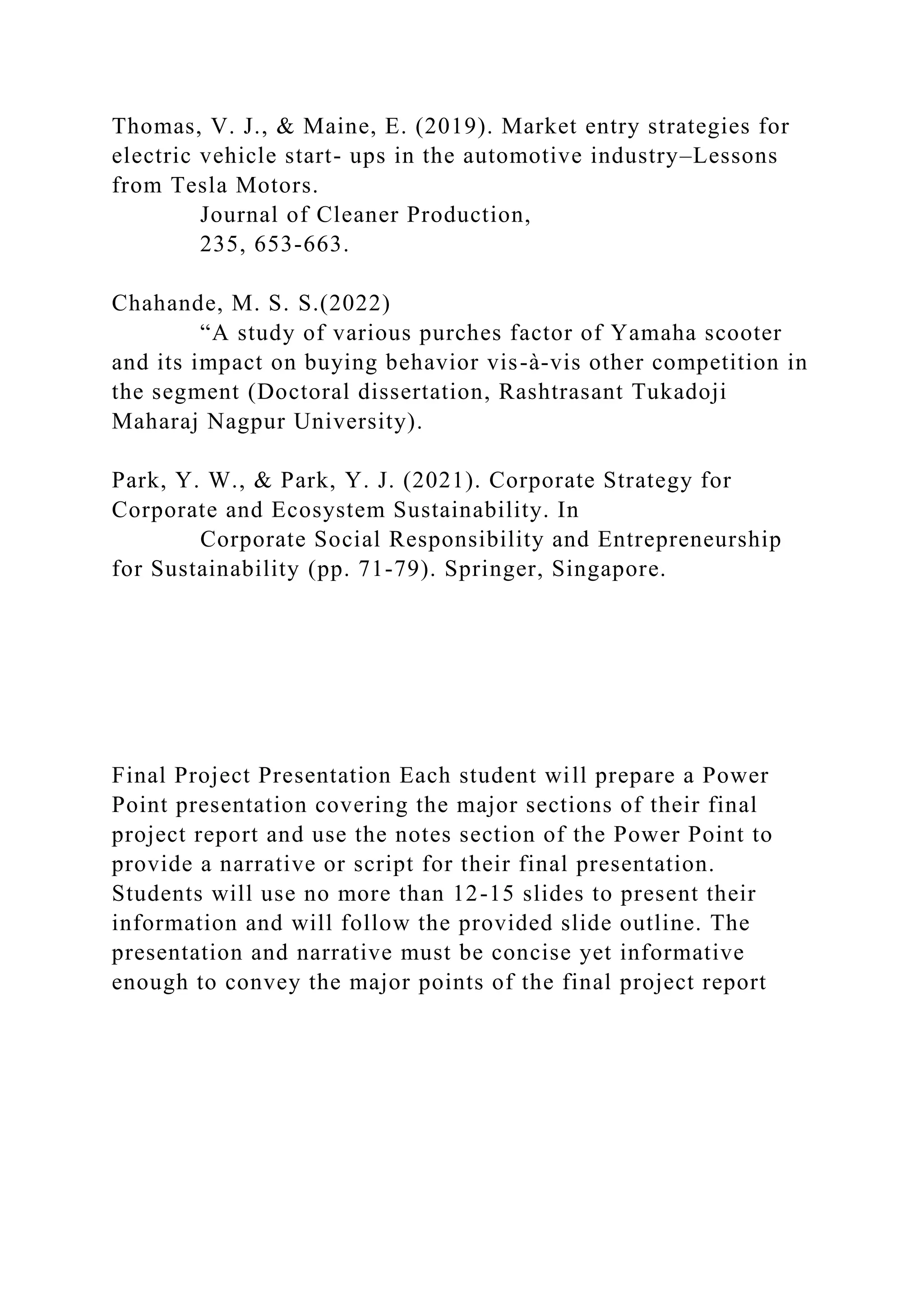This paper examines the challenges faced by JP Morgan Chase and other financial institutions in balancing client interests with the goal of maximizing shareholder wealth. Through a literature review, it highlights how profit motives often overshadow the needs of customers, emphasizing the need for stronger internal and external regulations to mitigate risks and promote long-term stability. The study underscores the complexities of corporate governance, risk management, and the influence of competitive practices within the banking industry.

